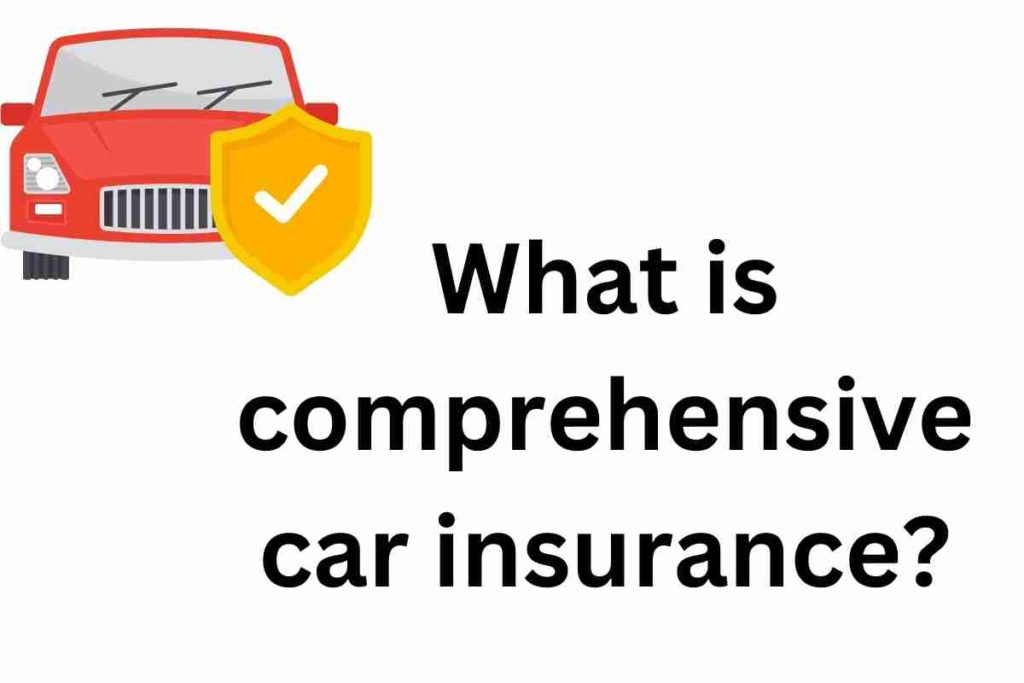Despite the term’s widespread use, there is no such thing as “full coverage auto insurance.” In other words, there isn’t a comprehensive auto insurance plan offered by insurance companies.
The combination of comprehensive, collision, and liability insurance is, however, what some people refer to as full coverage vehicle insurance. Although it is not legally correct, you may also hear people use the terms comprehensive insurance and full coverage insurance interchangeably. In light of this, it’s critical to understand what different insurance policies cover in order to select the proper mix of coverages for you.
What is covered by full coverage auto insurance?
It doesn’t technically cover anything because there isn’t an insurance type called “full coverage” available at the moment. However, the following three coverages can be combined to create a solid insurance plan that safeguards you and your passengers:
Liability insurance, which pays for damages and medical expenses for the other party in the event that you are judged to be at fault for a covered accident.
Collision insurance won’t cover the other driver’s car or any personal injuries, but it will pay for damage to your car if you are judged to be at fault in an accident.
Comprehensive insurance, which pays for some vehicle losses that aren’t the result of a collision with another vehicle (for instance, accidents related to weather, theft, fire and more).
These three insurance categories offer a very excellent foundation for a “complete” coverage package because to the variety of accidents they cover; nonetheless, the security of your auto insurance depends on a number of variables, including your policy limits and the deductible amounts you choose. Additionally, drivers have the option to tack on extra insurance options including gap insurance, personal injury protection, medical payments coverage, uninsured motorist coverage, and underinsured motorist coverage. In addition, our antique car insurance can offer specialist protection tailored to the particular requirements of vintage and classic car enthusiasts.
What does full coverage insurance cost?
Although insurance companies don’t provide “complete coverage,” you may still assemble a solid auto insurance package that can shield you from numerous accidents both on and off the road. Naturally, your monthly bill will increase if you choose more coverages. Your insurance costs are still influenced by a wide range of factors, such as the following:
You are
where you are
Your record as a driver
what type of vehicle you drive
The type(s) of policies you select
deductible amount
Your policy’s cap (s)
What is the price of full coverage auto insurance then? The type and amount of insurance you select, as well as your history and personal preferences, all play a role in the answer. See our breakdown of the cost of auto insurance for more details. Remember that Nationwide offers a variety of discounts to its customers; you might save thousands on your yearly payment by taking advantage of these.
Full coverage insurance is a fallacy, but you may still put together a package of insurance that will shield you from unforeseen events. Start a free online Nationwide quote today and select the coverages that are best for you.
Follow us on Twitter
